Home>Interior Design>What Is The Most Motivating Color? Experts Pick These Shades
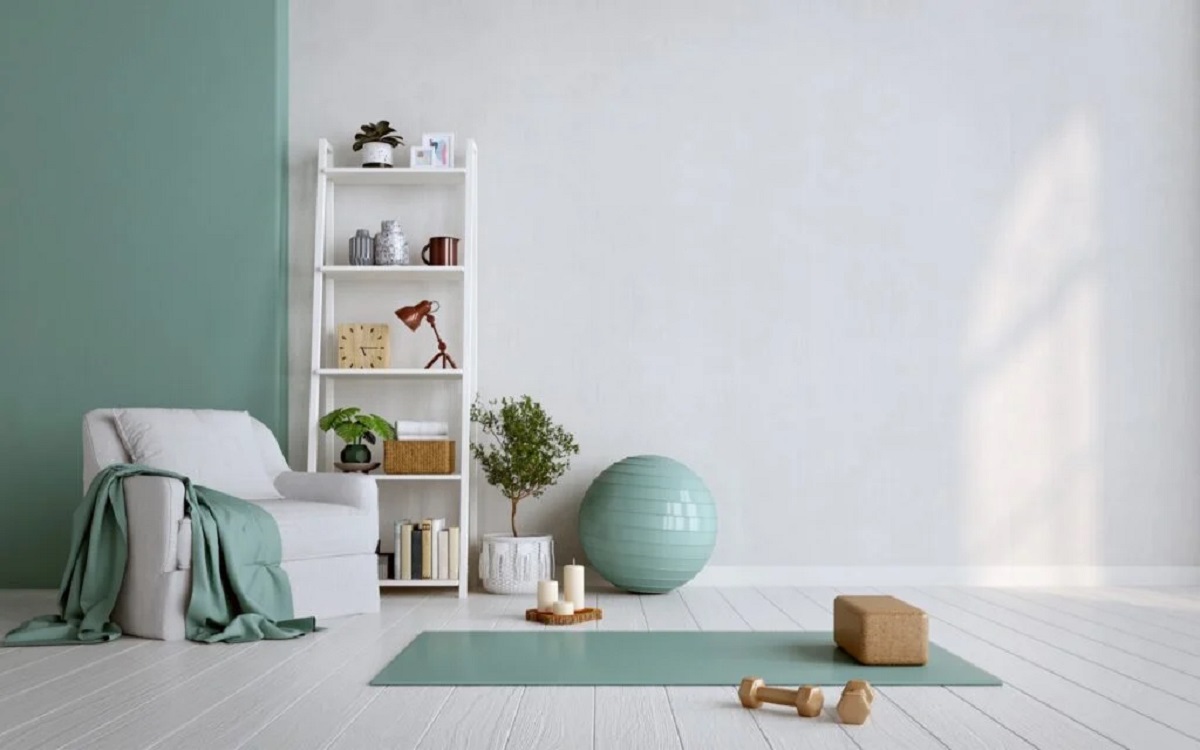

Interior Design
What Is The Most Motivating Color? Experts Pick These Shades
Modified: December 7, 2023
Discover the most motivating shades for your interior design. Get expert recommendations and find the perfect colors to enhance your space.
(Many of the links in this article redirect to a specific reviewed product. Your purchase of these products through affiliate links helps to generate commission for Storables.com, at no extra cost. Learn more)
Introduction
Color has the extraordinary power to influence our emotions, moods, and even behaviors. It surrounds us in our everyday lives, from the clothes we wear to the walls of our homes, and it plays a crucial role in interior design. Choosing the right colors for your living space can create a harmonious and inviting atmosphere, while the wrong colors can lead to feelings of unease and discomfort.
When it comes to interior design, understanding the psychology of color is essential. Different colors evoke different emotions and have unique effects on our psychological well-being. One question that often arises is, “What is the most motivating color?” In this article, we will explore some of the most motivating colors according to experts in the field.
Before we delve into the specific colors, it’s important to note that individual preferences and cultural backgrounds can influence how we perceive and respond to color. While some colors may generally be considered motivating, their impact can vary from person to person. Let’s explore some of the colors renowned for their motivational properties:
Key Takeaways:
- Red is a motivating color that ignites passion and energy, making it ideal for home offices, exercise rooms, and dining areas. However, it should be used in moderation to avoid overwhelming the space.
- Blue creates a calming and trustworthy ambiance, perfect for bedrooms and professional settings. When used in the right shade and balance, it promotes relaxation and instills a sense of confidence and stability.
Red: The Color of Energy and Passion
Red is a powerful color that is often associated with energy, passion, and motivation. Its vibrant and intense nature makes it a popular choice for adding a bold statement to interior spaces. In the field of interior design, red is known to create a sense of excitement and stimulation, making it an excellent choice for spaces where energy and activity are desired.
Red can be strategically used in various ways to evoke motivation. In home offices and study areas, a touch of red can help boost focus and concentration, encouraging productivity. It is also an ideal color for exercise rooms and gyms, as it can enhance physical performance and provide an extra “kick” of energy during workouts.
However, it’s important to use red in moderation as an overwhelming amount of red can lead to feelings of aggression or restlessness. It is often recommended to balance red with neutral tones or cooler colors to create a harmonious environment.
According to color psychology experts, red can also stimulate appetite and conversation, making it an excellent choice for dining areas or restaurants. Incorporating red accents through furniture, decor, or even red-tinted lighting can create a lively and engaging dining experience.
When using red as a motivating color, it is crucial to consider the specific shade of red. Different shades can have slightly different psychological effects. For example, a bright and vibrant red may promote enthusiasm and urgency, while a deeper shade of red can create a sense of determination and confidence.
Ultimately, the use of red in interior design can help create an environment that ignites passion, energy, and motivation. Whether used as a focal point or in small doses, this dynamic color can make a powerful impact on the overall ambiance of a space.
Blue: The Color of Calmness and Trust
When it comes to creating a peaceful and calming atmosphere, blue is the go-to color in interior design. Known for its soothing properties, blue is often associated with tranquility, serenity, and a sense of calmness. This makes it an excellent choice for spaces where relaxation and focus are desired.
Blue has a naturally calming effect on the mind and body. It can help reduce stress levels and promote a sense of tranquility, making it a popular choice for bedrooms, bathrooms, and meditation areas. Research has shown that being surrounded by blue can even lower blood pressure and heart rate, creating a more relaxed state of being.
In addition to its calming qualities, blue is also associated with trust and reliability. It instills a sense of confidence and can create a feeling of security and stability. This makes it an ideal color for professional environments, such as offices and meeting rooms, where trust and credibility are important.
When incorporating blue into interior design, it’s important to consider the specific shade of blue. Lighter shades, such as baby blue or sky blue, evoke a more peaceful and airy atmosphere, while darker shades, like navy blue or royal blue, can create a sense of sophistication and depth.
It is worth noting that while blue is generally considered a calming color, an excessive use of highly saturated or bright blues can have the opposite effect, invoking feelings of coldness or sadness. Therefore, it is often recommended to balance blue with warm colors or incorporate natural materials to create a harmonious and inviting space.
Whether used as a dominant color or as an accent, blue can create a serene and trustworthy ambiance in any interior design scheme. Its ability to evoke a sense of calmness and reliability makes it a popular choice for those seeking a peaceful and harmonious living environment.
Yellow: The Color of Optimism and Happiness
Yellow, the color of sunshine and warmth, is known for its ability to bring joy, optimism, and happiness into interior spaces. It is a vibrant and energetic color that instantly uplifts the mood and creates a sense of positivity. Incorporating yellow into interior design can have a profound impact on the overall atmosphere of a space.
One of the main psychological effects of yellow is its ability to stimulate mental activity and creativity. It is often used in spaces where brainstorming, ideation, and innovation take place, such as art studios, creative workspaces, or children’s playrooms. Yellow has been found to enhance mental agility and improve overall cognitive function, making it an excellent color choice for environments that require mental stimulation.
In addition to its creative properties, yellow is also associated with feelings of happiness, joy, and optimism. It can instantly make a space feel brighter and more inviting. This makes yellow an excellent choice for areas such as kitchens, dining rooms, or living rooms where socialization and family gatherings occur. Incorporating yellow accents through furniture, accessories, or even wall paint can create a cheerful and welcoming environment.
However, it’s important to use yellow in moderation, as an excessive amount of bright yellow can be overwhelming and lead to feelings of agitation or anxiety. It is often recommended to balance yellow with neutral tones or other complementary colors to create a harmonious and balanced space.
When choosing the right shade of yellow, take into account the specific vibe and ambiance you want to create. Lighter, pastel shades of yellow can create a soft and calming environment, while brighter shades of yellow can add a lively and energetic feel to a space.
Overall, incorporating yellow into your interior design can bring a burst of positivity, optimism, and happiness. Its ability to stimulate creativity and uplift the mood makes it an excellent choice for those seeking a cheerful and vibrant living environment.
Different colors can have different effects on individuals, but generally, bright and warm colors like red, orange, and yellow are considered to be the most motivating. These colors are associated with energy, positivity, and action.
Green: The Color of Growth and Renewal
Green, the color of nature, is often associated with growth, renewal, and harmony. It is a calming and refreshing color that symbolizes balance and vitality. Incorporating green into interior design can create a sense of serenity and connection with the natural world.
One of the significant psychological effects of green is its ability to promote a sense of balance and stability. It is often used in spaces where relaxation and rejuvenation are desired, such as bedrooms or wellness areas. Green has been found to reduce anxiety and stress levels, allowing individuals to unwind and find a sense of peace.
In addition to its calming properties, green is also known to promote a sense of growth and renewal. It is commonly used in areas where productivity and creativity are encouraged, such as home offices or studios. Green has been found to enhance focus and concentration, making it an ideal choice for spaces where work and productivity are priorities.
Another advantage of using green in interior design is its association with eco-friendliness and sustainability. With growing awareness of environmental issues, incorporating green elements in interior spaces can provide a sense of connection with nature and a commitment to a greener lifestyle.
When incorporating green into interior design, there are various shades to choose from, each with its own unique effect. Lighter shades of green, such as mint or apple green, evoke a sense of freshness and vitality. On the other hand, deeper shades of green, like forest or emerald green, can create a more luxurious and sophisticated atmosphere.
It’s important to strike a balance with the use of green in interior design. While green is a refreshing and harmonious color, an excessive use of it can lead to feelings of stagnation or boredom. It is often recommended to pair green with complementary colors or incorporate contrasting elements to create a visually stimulating and balanced space.
Overall, incorporating green into your interior design can create a sense of growth, renewal, and connection with nature. Its ability to promote relaxation, productivity, and a sustainable lifestyle makes it a versatile and appealing color choice for any living space.
Orange: The Color of Excitement and Enthusiasm
Orange is a vibrant and energetic color that exudes excitement, enthusiasm, and warmth. It is a color that demands attention and evokes feelings of energy and creativity. Incorporating orange into interior design can infuse a space with a sense of liveliness and invigoration.
One of the main psychological effects of orange is its ability to stimulate enthusiasm and creativity. It is often used in spaces where inspiration and productivity are desired, such as home offices, art studios, or creative workspaces. Orange has been found to enhance creative thinking and boost motivation, making it an excellent color choice for environments that require a spark of energy.
Orange is also synonymous with warmth and sociability. It can create a welcoming and inviting atmosphere, making it a perfect choice for areas where social interactions occur, such as living rooms or dining areas. Incorporating orange accents through furniture, decor, or even wall paint can create a lively and dynamic space that encourages conversation and connection.
Moreover, orange has been found to stimulate appetite and induce a sense of excitement around food. That’s why it is often seen in restaurant interiors or kitchens. By incorporating orange elements, such as orange seating or accessories, you can create an engaging dining experience and stimulate the senses.
When using orange in interior design, it’s important to strike the right balance. While orange is an energizing color, an excessive amount of orange can be overwhelming and lead to feelings of restlessness. It is often recommended to pair orange with neutral tones or incorporate it as accents to create a balanced and harmonious space.
There are various shades of orange to choose from, each with its own psychological impact. Bright and bold oranges can create a sense of excitement and playfulness, while softer, peachy oranges can evoke a more soothing and comforting atmosphere.
Overall, incorporating orange into your interior design can add a touch of excitement, enthusiasm, and warmth to a space. Its ability to stimulate creativity, enhance sociability, and create an engaging ambiance makes orange a vibrant and captivating color choice for any living environment.
Purple: The Color of Creativity and Spirituality
Purple is a color that is often associated with creativity, spirituality, and luxury. It is a rich and mysterious color that exudes elegance and sophistication. Incorporating purple into interior design can evoke a sense of creativity and inspire a deeper connection with the inner self.
One of the main psychological effects of purple is its ability to stimulate the imagination and enhance creativity. It is a color often used in spaces dedicated to artistic pursuits, such as studios or creative workspaces. Purple has been found to stimulate the creative thinking process and encourage innovative ideas, making it a popular choice for those seeking a space that fosters inspiration.
Purple is also connected to spirituality and introspection. It is often associated with mindfulness and meditation practices. Using purple in spaces dedicated to relaxation and rejuvenation, such as bedrooms or meditation rooms, can create a serene atmosphere that promotes a sense of self-reflection and inner peace.
In addition to its creative and spiritual properties, purple is often regarded as a color of luxury and royalty. It has historically been associated with opulence and power. Incorporating purple accents or using deep shades of purple in interior design schemes can add an air of sophistication and elegance to a space.
When using purple in interior design, it’s important to consider the specific shade. Lighter shades of purple, such as lavender or lilac, can create a softer and more tranquil ambiance. Alternatively, deeper shades of purple, such as royal purple or eggplant, can add drama and intensity to a room.
It’s important to use purple in moderation to avoid overwhelming the space. Balance purple with neutral colors or incorporate it as accent pieces to create a harmonious environment that allows purple to shine without overpowering the room.
Overall, incorporating purple into your interior design can evoke a sense of creativity, spirituality, and luxury. Its ability to stimulate the imagination, promote introspection, and add a touch of elegance makes purple a captivating color choice for those seeking a space that inspires and uplifts.
Conclusion
Color plays a significant role in interior design, as it has the power to influence our emotions and create a particular ambiance within a space. Understanding the psychology behind different colors allows us to make informed choices when designing our living environments. When it comes to choosing the most motivating colors, experts suggest considering a variety of options to suit different needs and preferences.
Red, with its energy and passion, is great for boosting focus and adding excitement to spaces such as home offices or exercise rooms. Blue, with its calming and trustworthy nature, is ideal for creating serene atmospheres in bedrooms or professional settings. Yellow, with its optimism and happiness, brings joy and creativity to areas like playrooms or social spaces.
Green, as the color of growth and renewal, instills a sense of balance and vitality, making it perfect for relaxation areas or workspaces. Orange, with its excitement and enthusiasm, can stimulate creativity and promote sociability in rooms like studios or dining areas. Purple, associated with creativity and spirituality, adds an air of sophistication and inspires introspection in spaces such as art studios or meditation rooms.
It’s important to consider the specific shades and to find the right balance when incorporating these motivating colors into interior design. The interplay between the chosen colors and how they interact with each other can create a harmonious and inviting environment that supports positivity and productivity.
Ultimately, the most motivating color will vary depending on personal preferences, cultural influences, and the specific purpose of the space. Experimenting with different color combinations and consulting with professional interior designers can help in creating an environment that fosters motivation and well-being.
By harnessing the power of color in interior design, we can create spaces that reflect our desired emotions and fulfill our needs. From energizing red to calming blue, from vibrant yellow to lush green, from exciting orange to regal purple, these motivating colors can transform our living environments into inspiring and invigorating spaces that support our goals and aspirations.
Frequently Asked Questions about What Is The Most Motivating Color? Experts Pick These Shades
Was this page helpful?
At Storables.com, we guarantee accurate and reliable information. Our content, validated by Expert Board Contributors, is crafted following stringent Editorial Policies. We're committed to providing you with well-researched, expert-backed insights for all your informational needs.
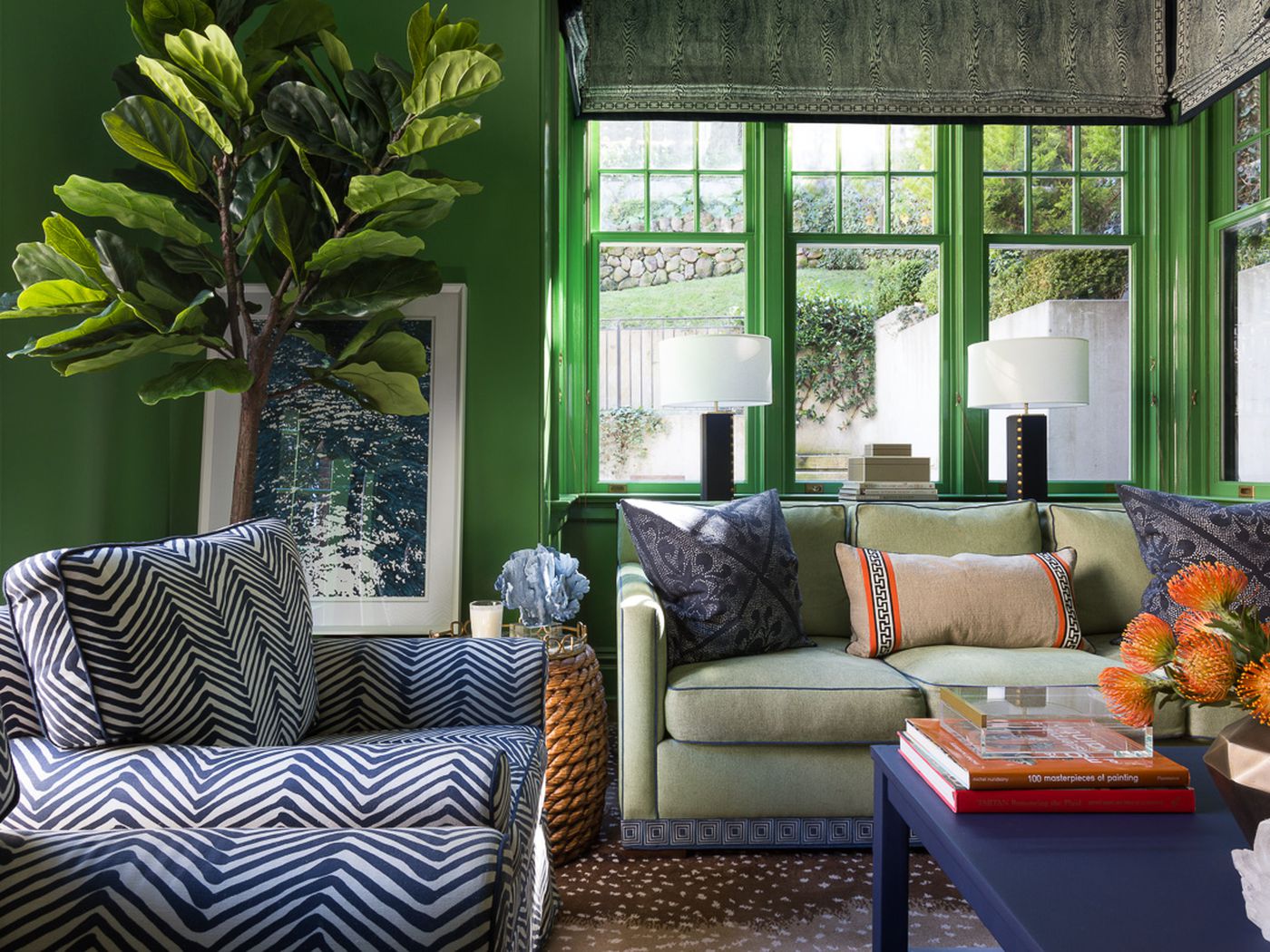
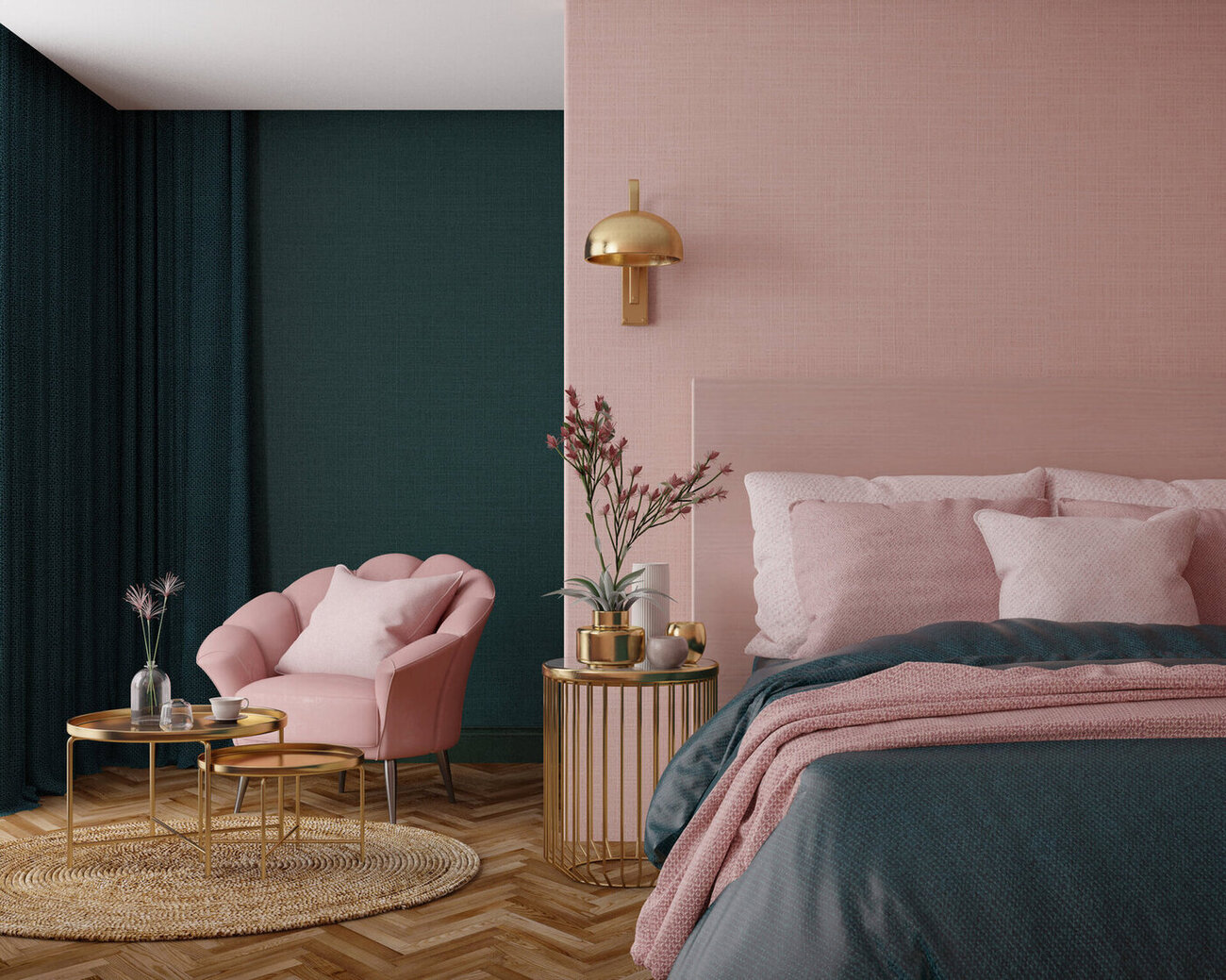
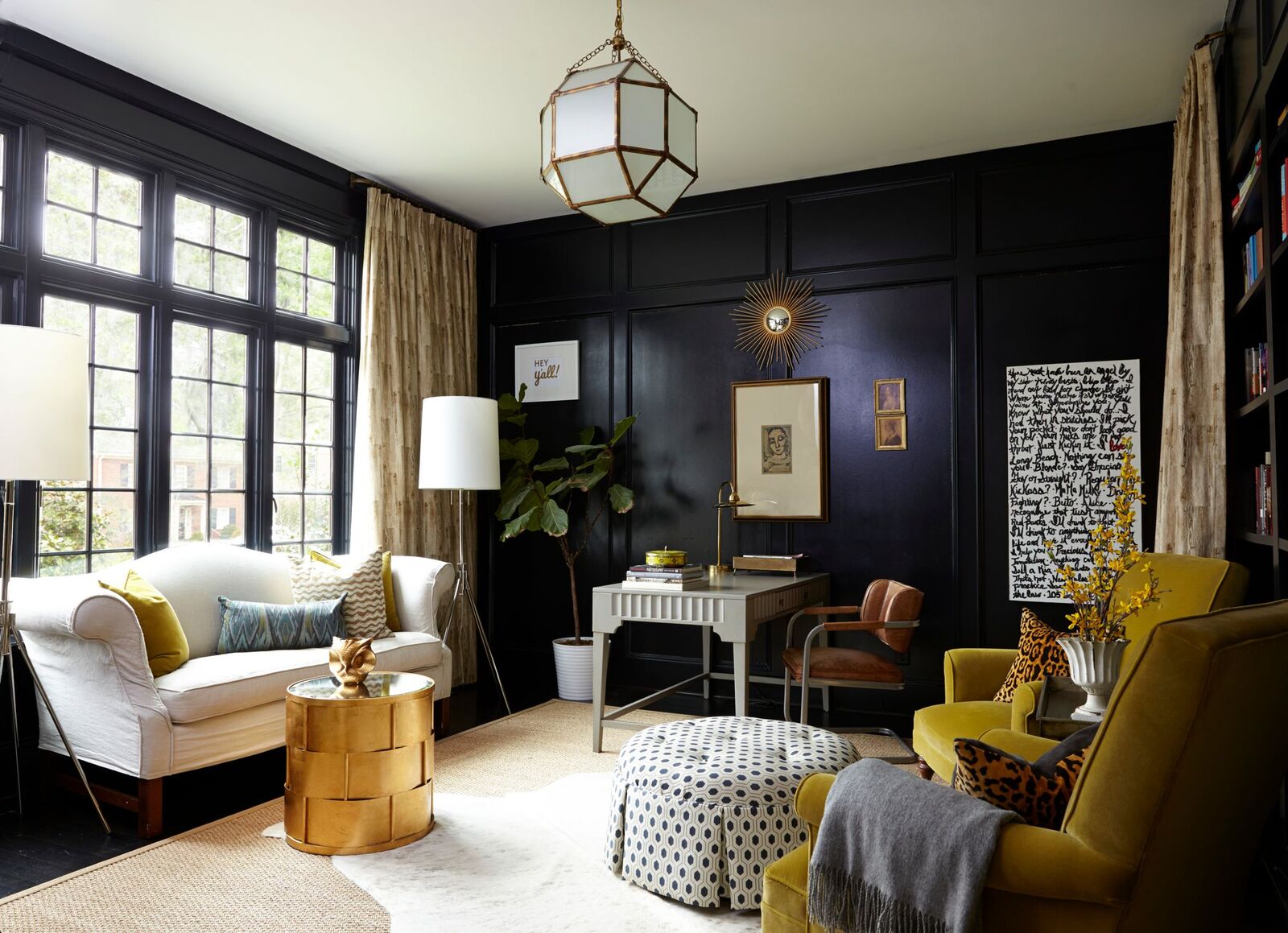
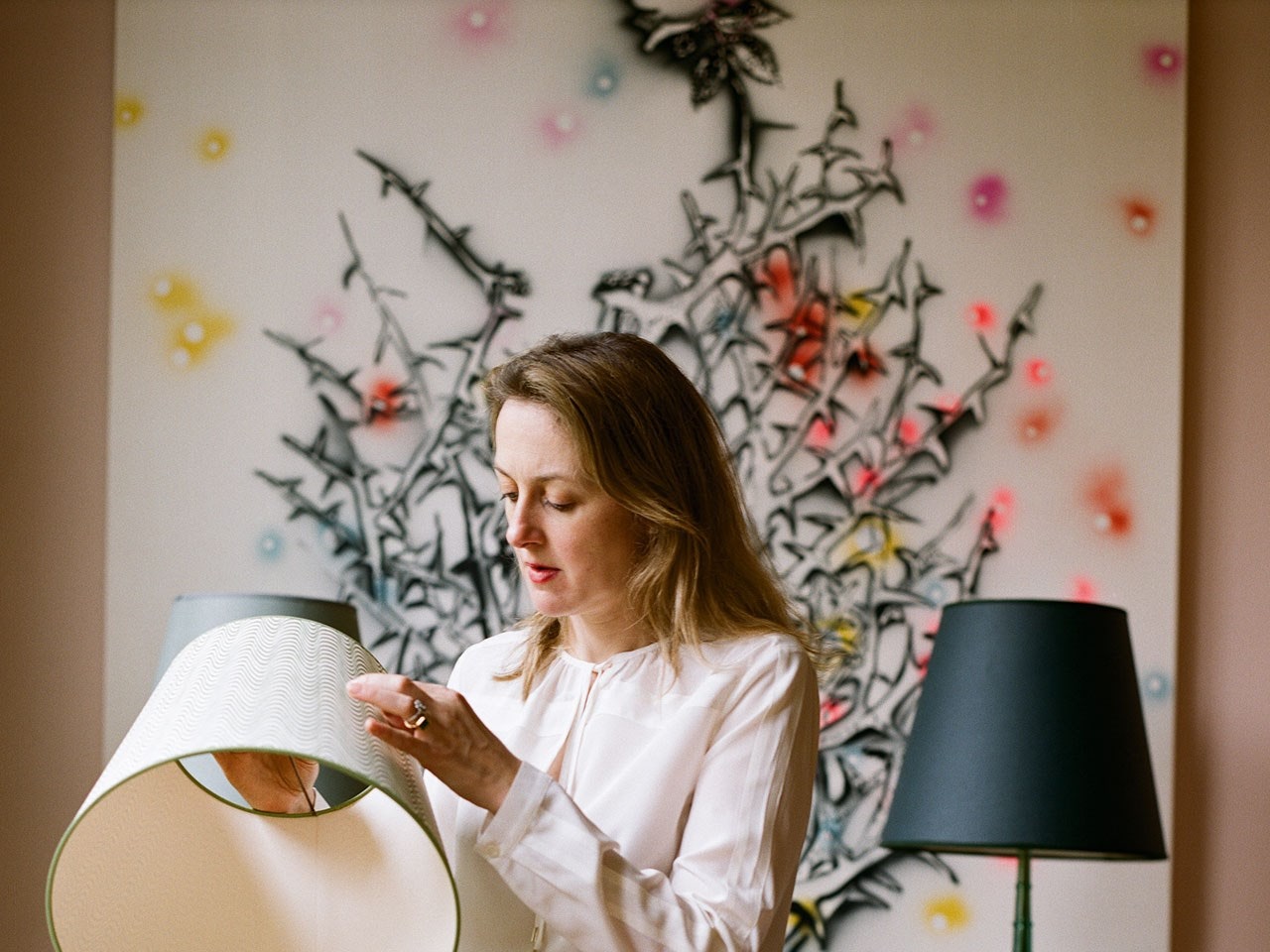
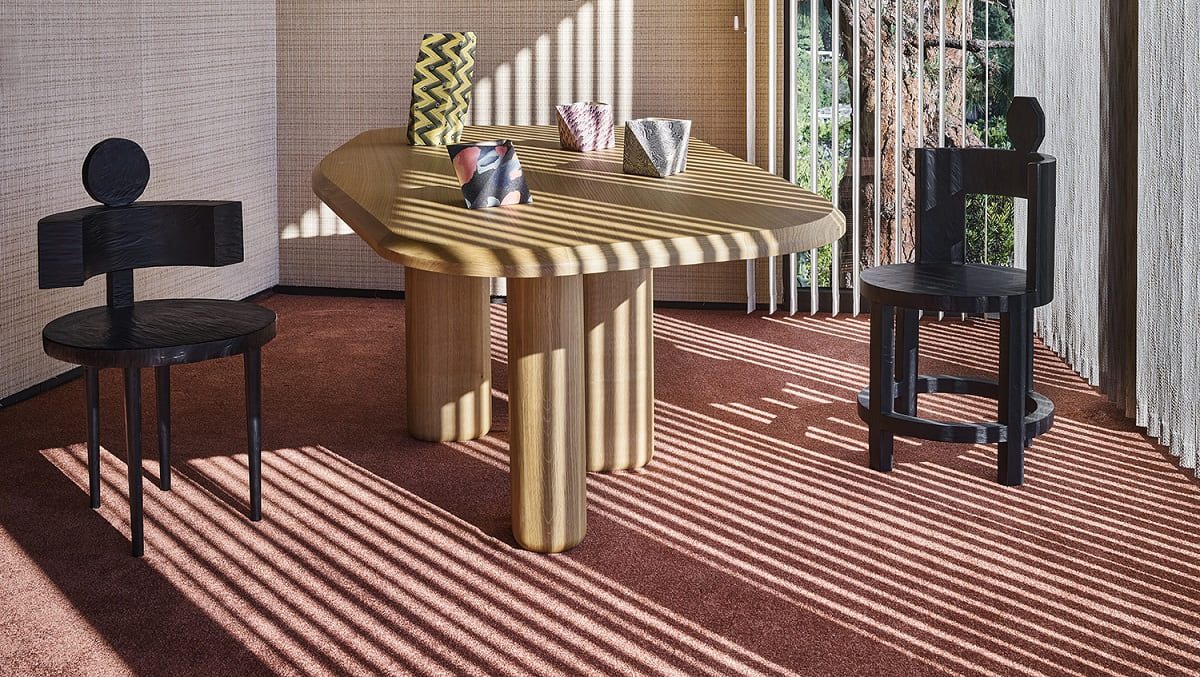
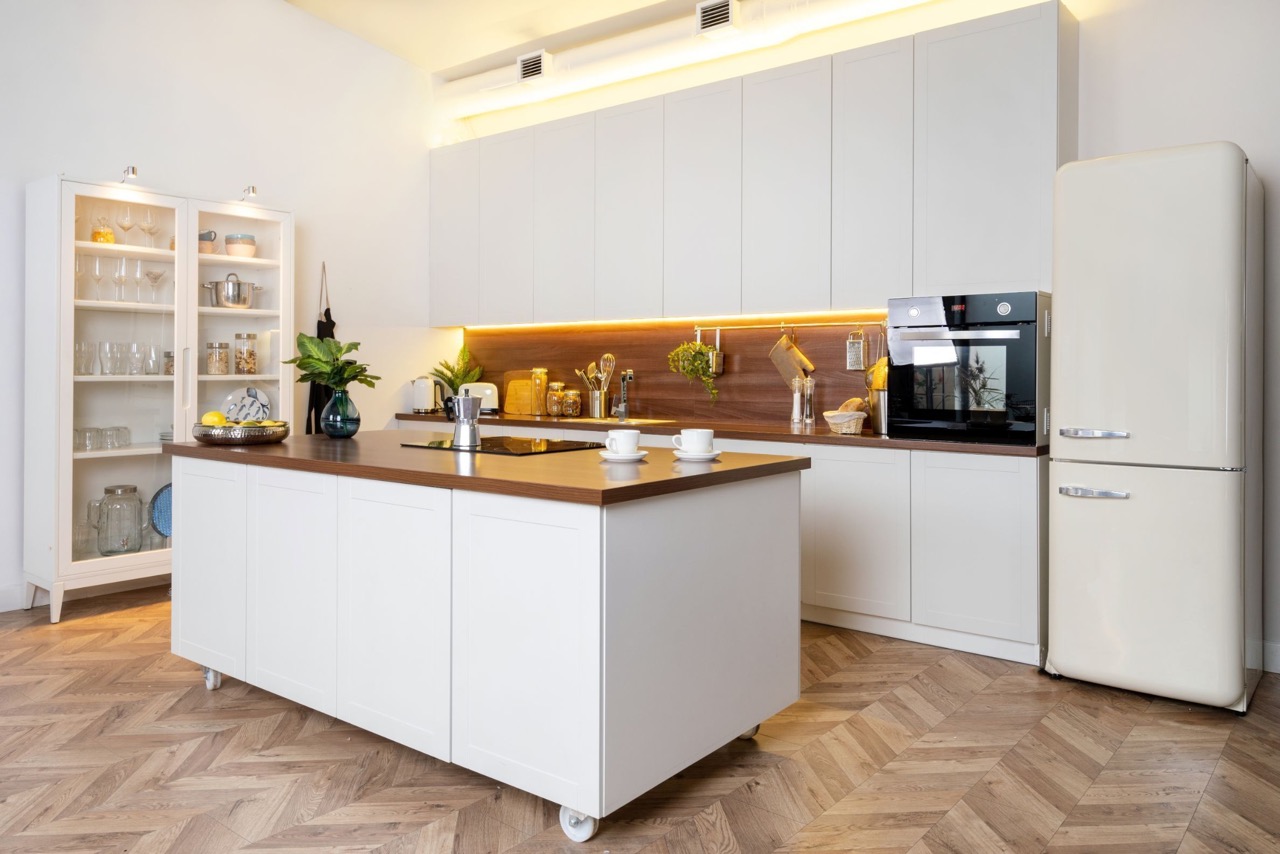
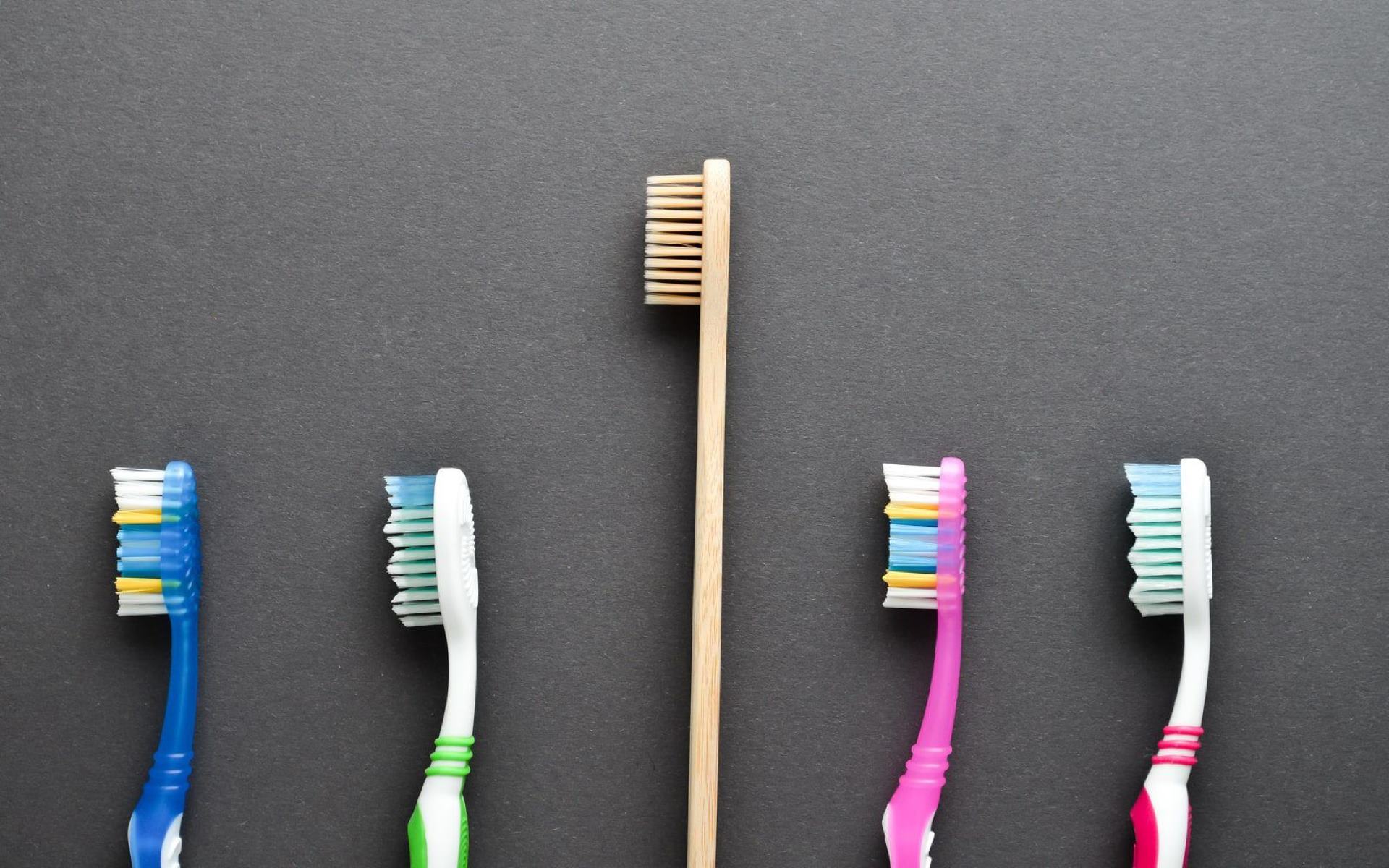
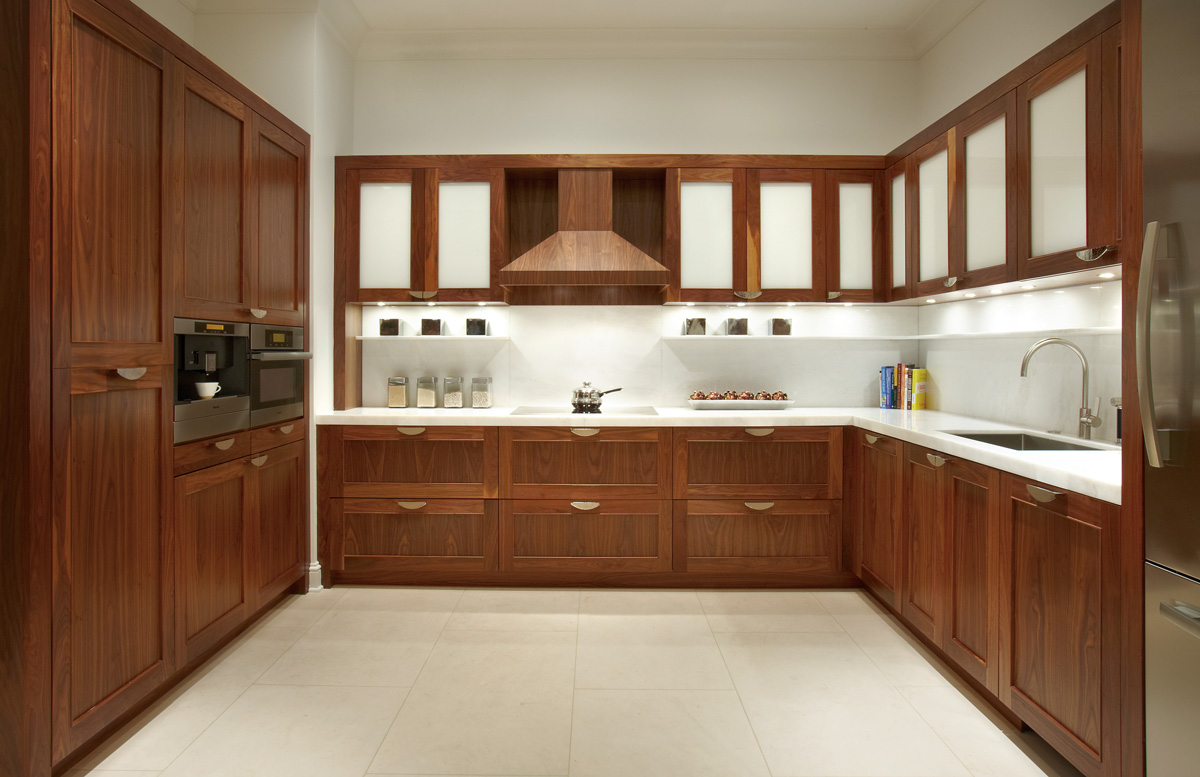
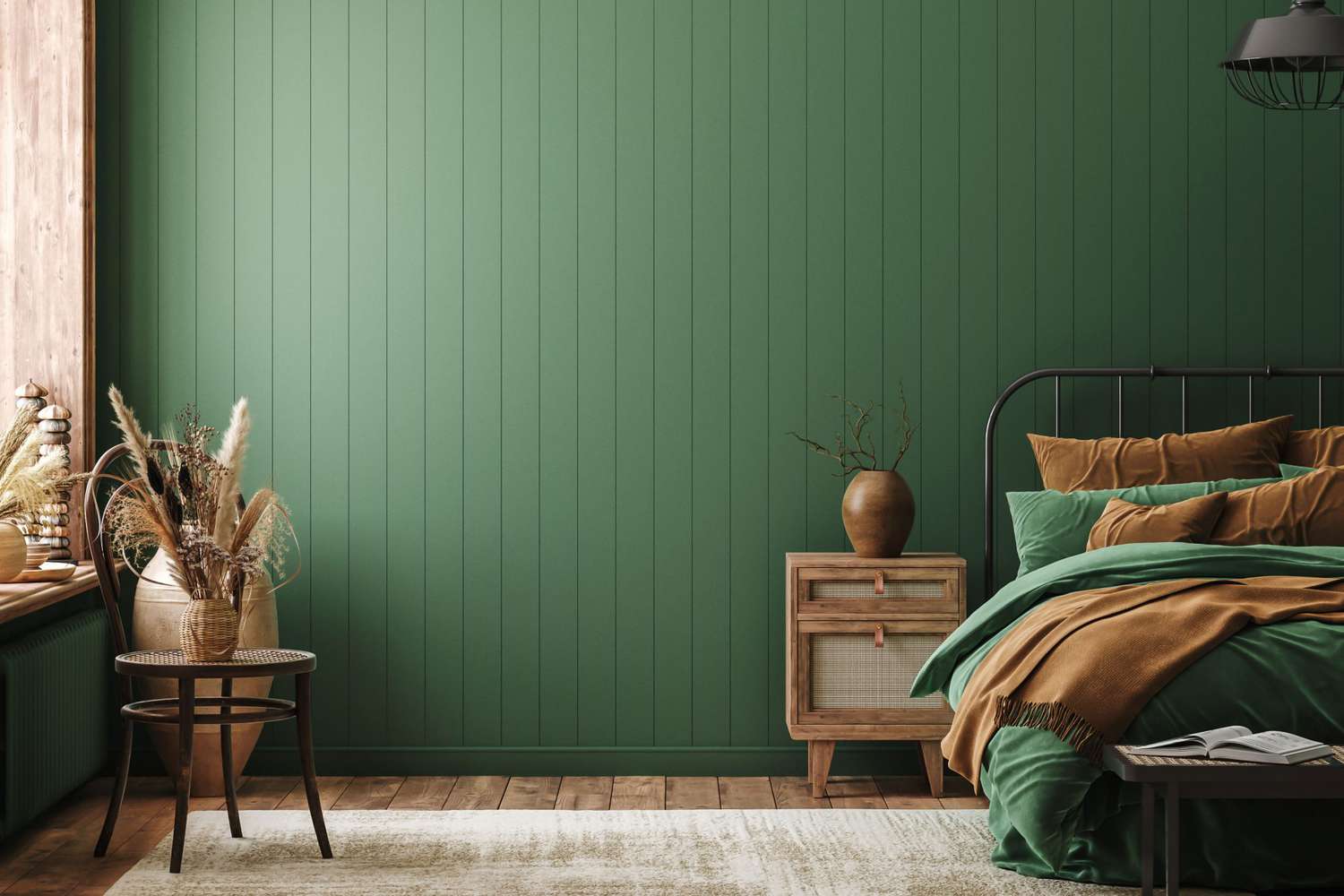
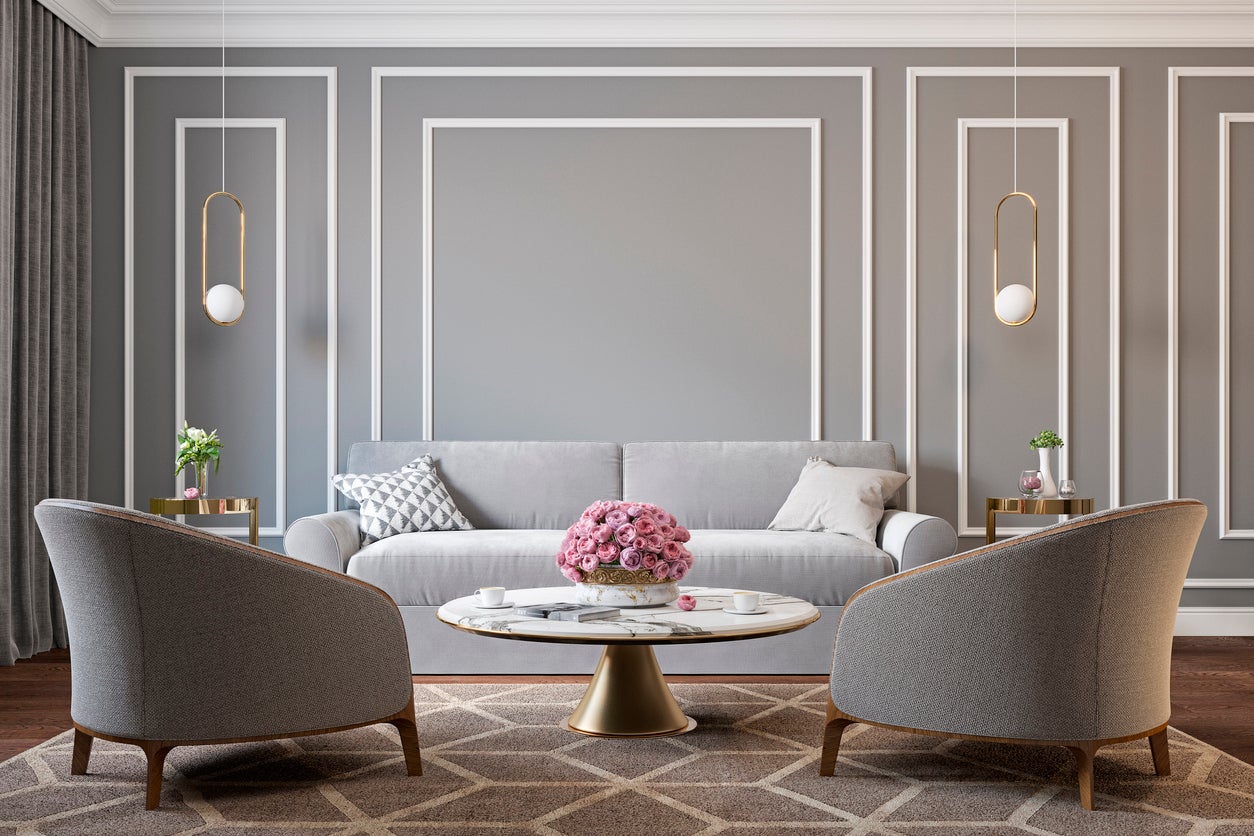
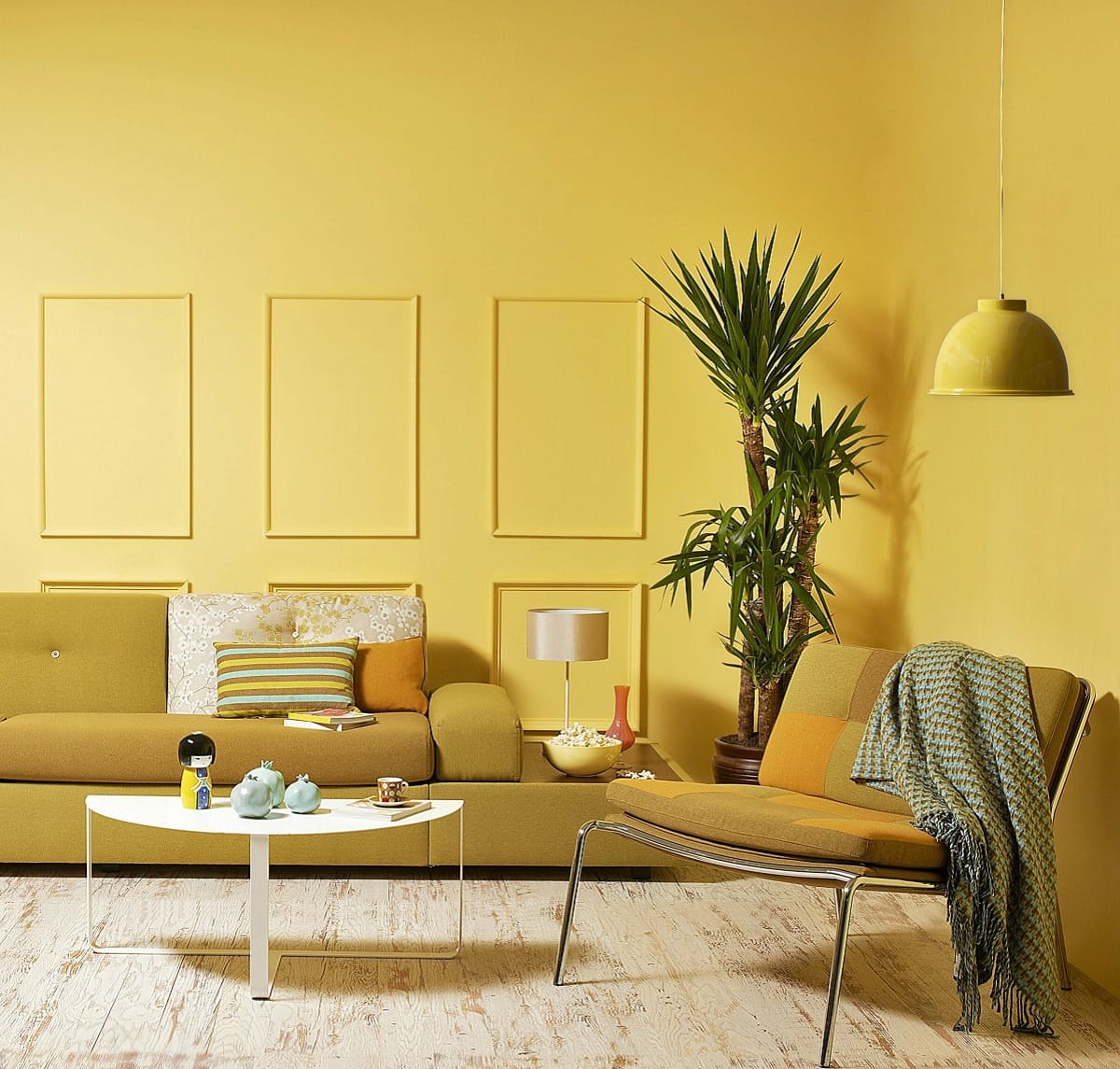
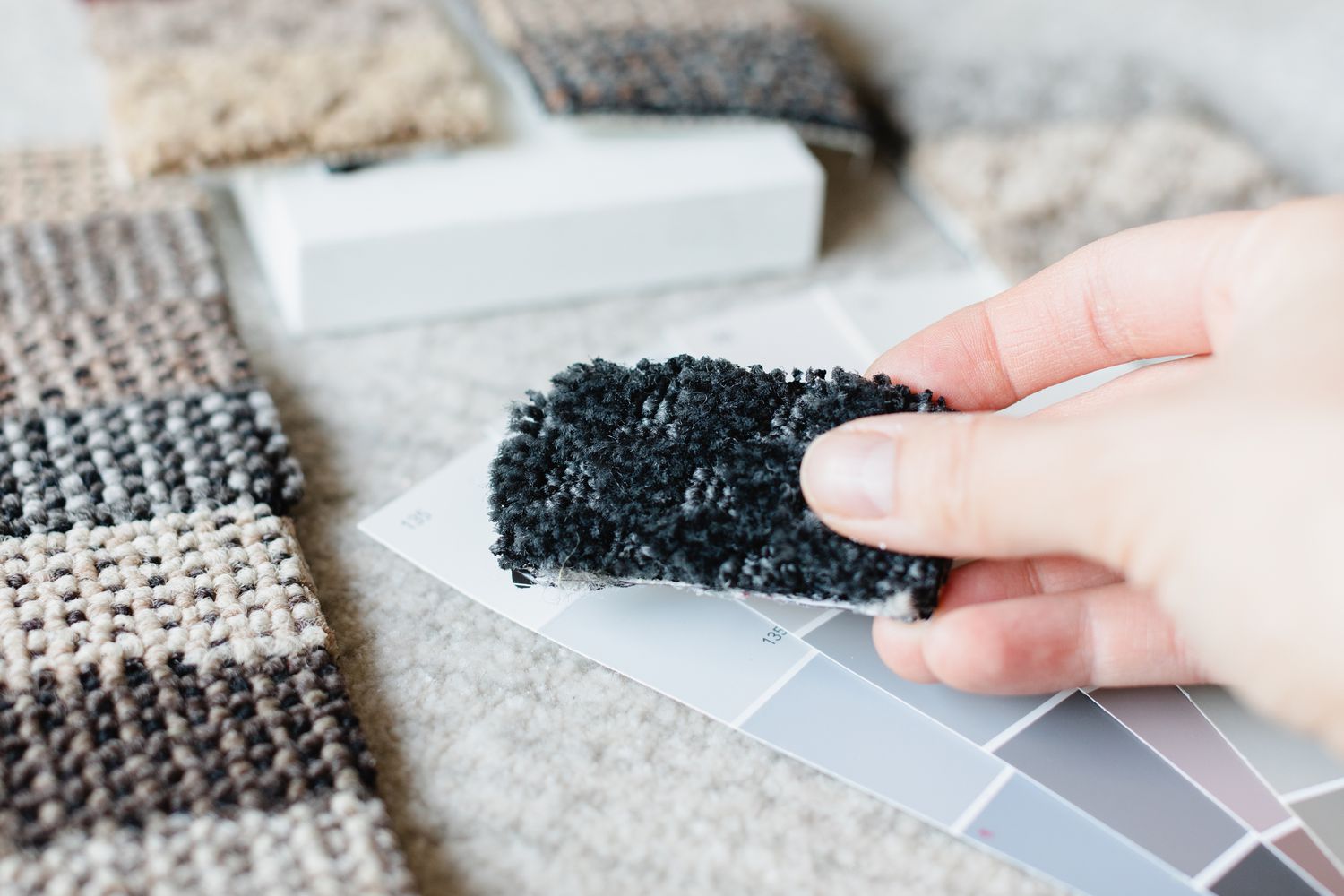
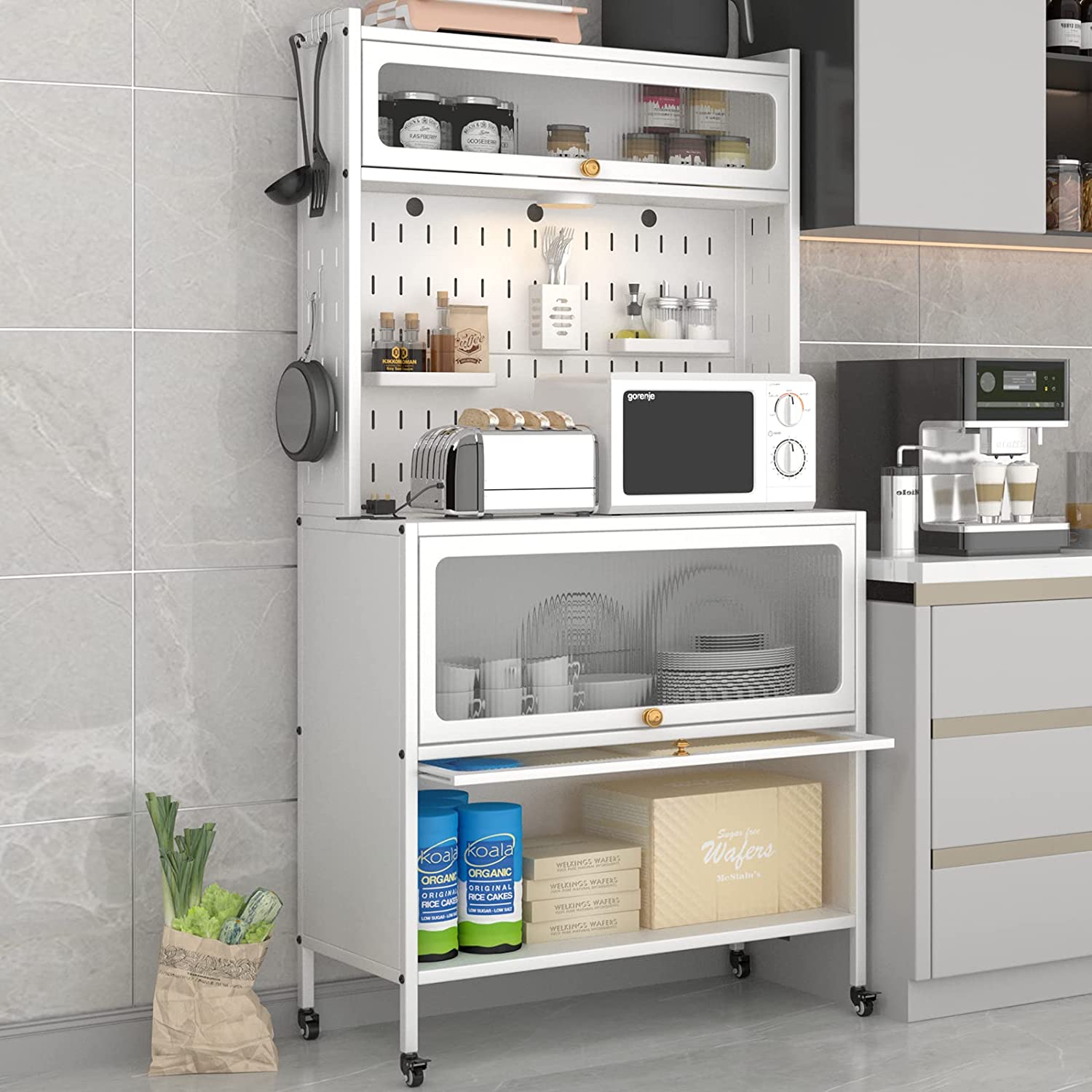
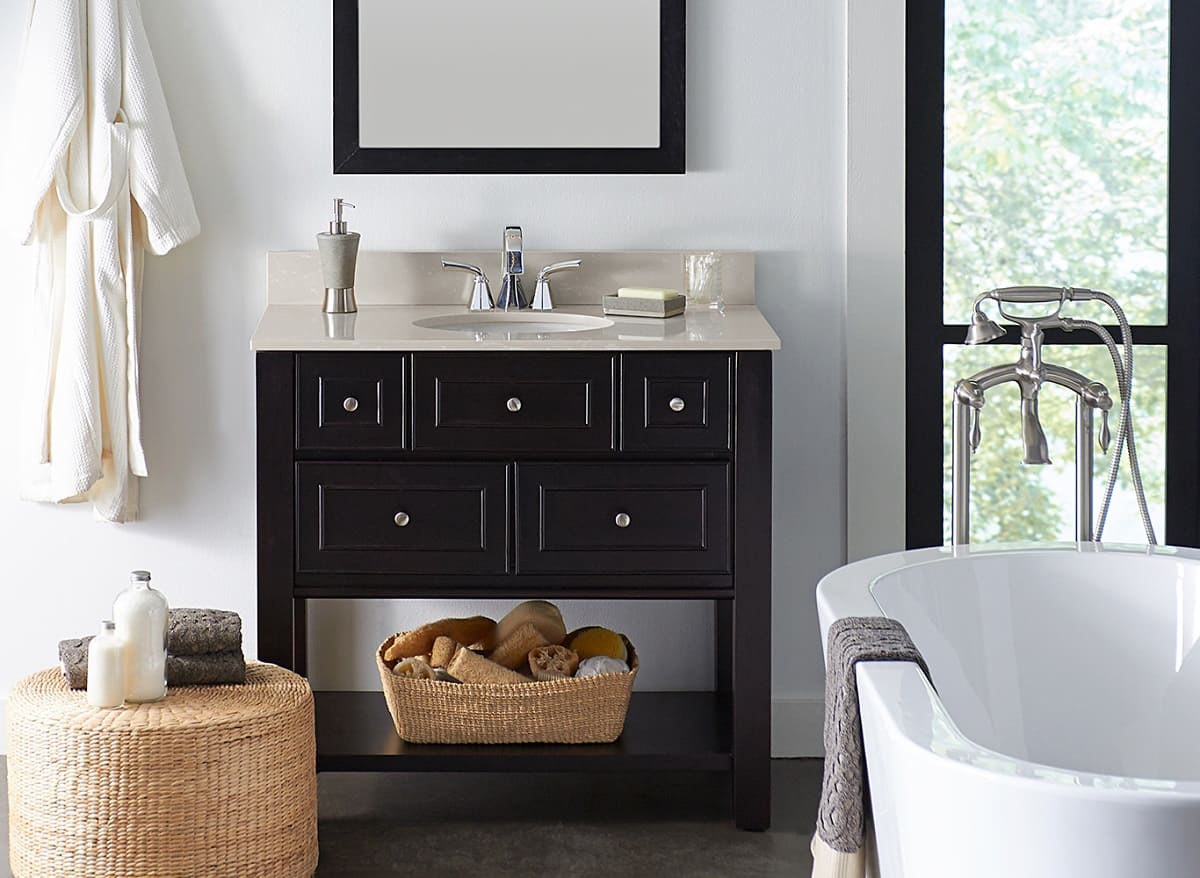

0 thoughts on “What Is The Most Motivating Color? Experts Pick These Shades”